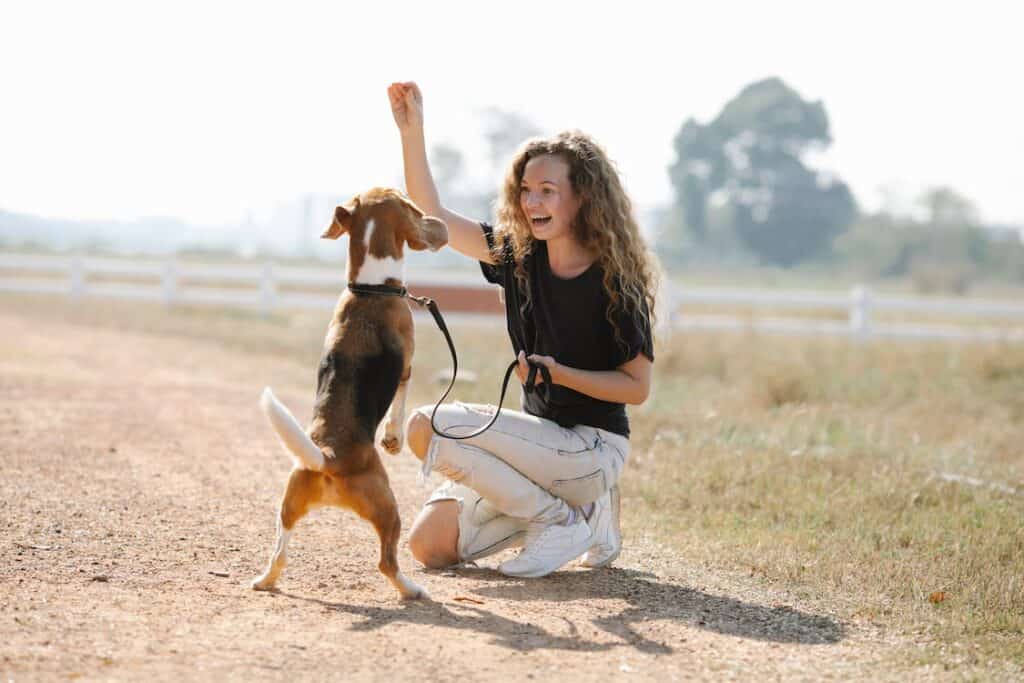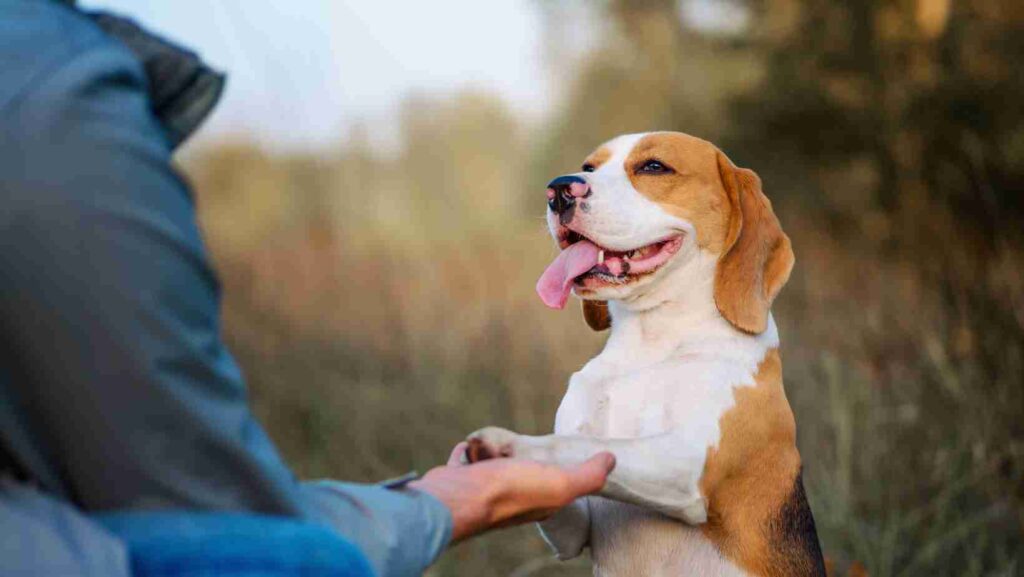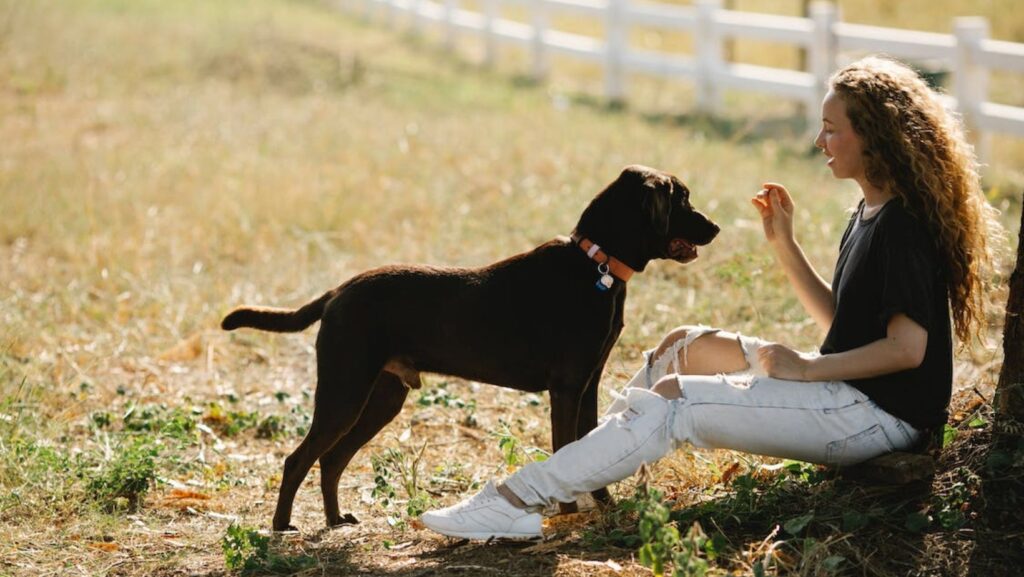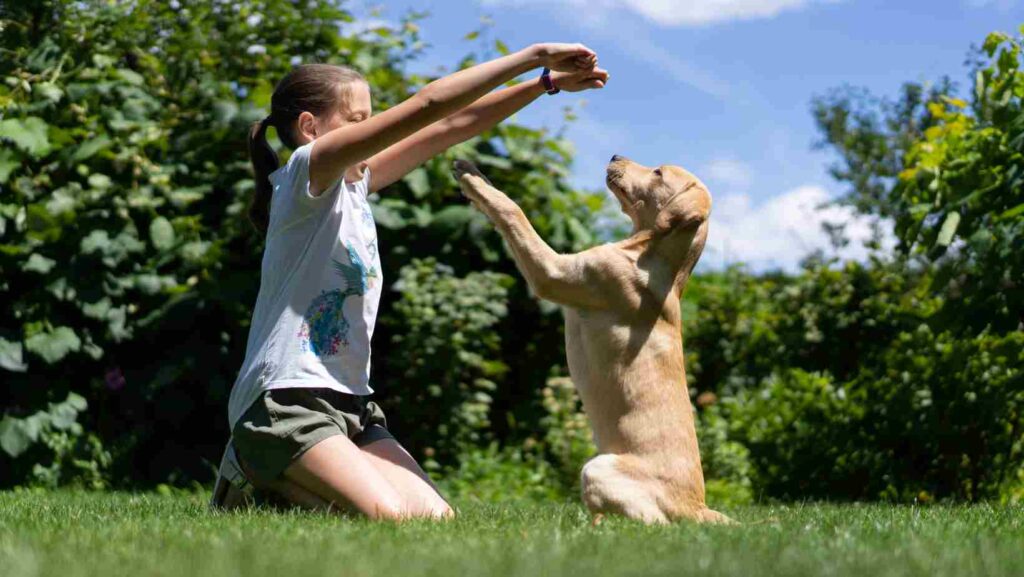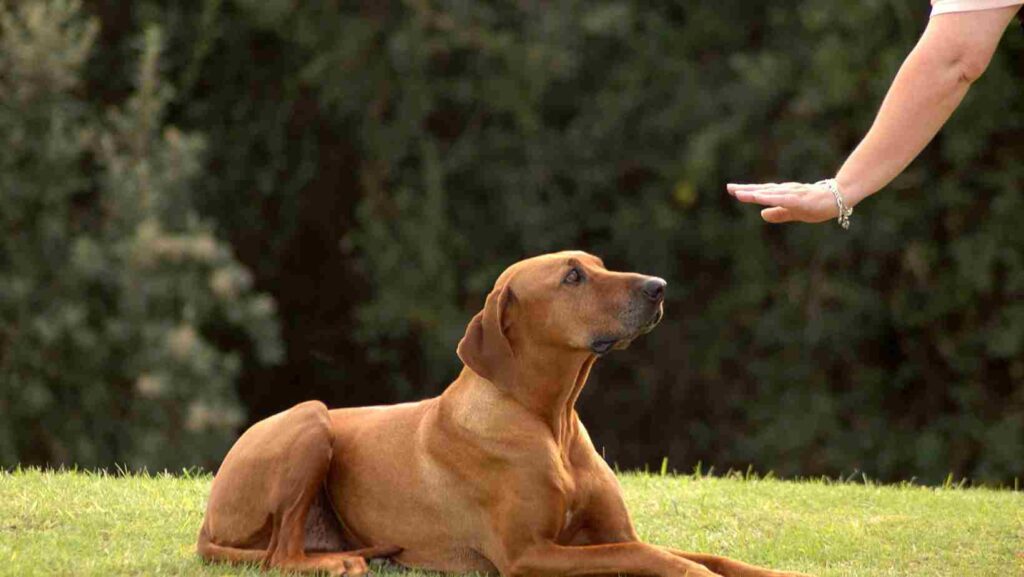Dogo Argentino, also known as Argentine Mastiff, is a large and powerful breed of dog that was originally bred for big-game hunting. Despite its fierce appearance, a well-trained Dogo Argentino can be an excellent family companion. However, training a Dogo Argentino can be a challenging task, especially for inexperienced dog owners. In this article, we will provide you with a comprehensive guide on how to train a Dogo Argentino effectively.
Understanding Dogo Argentino’s Behavior
Before learning about how to train your Dogo Argentino, it is crucial to understand its behavior. Dogo Argentinos are loyal and protective dogs that can become aggressive if they perceive a threat to their family. They are also dominant and can be stubborn, which makes them challenging to train. Understanding your dog’s behavior will help you create a training plan that suits its personality and needs.
Socialization
Socialization is crucial for the well-being and behavior of a Dogo Argentino. To socialize them safely and effectively, start by introducing them to new people and animals in a controlled environment, using positive reinforcement and closely supervising interactions. It’s important to gradually increase the level of exposure, starting with familiar people and environments, and using a leash or barrier as necessary. For puppies, early and varied socialization is key, while adult dogs may require more time and patience.

Dominance
Dominance is a concept in dog training that refers to the idea that dogs have a natural desire to establish and maintain a hierarchical order within a pack or family unit. In the past, it was commonly believed that dogs needed to be dominated or “alpha rolled” to establish a human-dog relationship based on obedience and respect. However, modern dog training methods have debunked this theory, and it is now widely recognized that dogs respond better to positive reinforcement and relationship-building rather than punishment and dominance-based training. It’s important to avoid using aggressive or confrontational tactics with your Dogo Argentino, as this can lead to fear or aggression and damage the bond between you and your dog. Instead, focus on building a positive and trusting relationship through consistent training, socialization, and plenty of positive reinforcement.

Basic Training
In basic training for Dogo Argentinos main task is to establish good behavior and understand commands and boundaries. Commands like sit, stay, come, and heel are important to teach during basic training. I would highly recommend that your training should be positive and reward-based, using treats, praise, and toys to reinforce good behavior.
For Example:
To teach your dog to sit, hold a treat above their head and then move it back towards their tail. For training your dog to stay, ask them to sit, hold out your hand, and say “stay,” gradually increasing the distance and duration of the command. For teaching your dog to come to you, call their name and say “come,” and give them a reward when they come to you. Heel training involves teaching the dog to walk calmly on a leash without pulling. Keep training sessions short and fun and always end on a positive note. Consistency and patience can help to train your Dogo Argentino and become it a well-behaved and obedient companion.
Positive Reinforcement
Positive reinforcement means rewarding your dog for exhibiting desirable behavior. This can include giving treats, verbal praise, or toys to reinforce good behavior, such as following commands or displaying calm behavior. Positive reinforcement training has been shown to be effective in promoting good behavior, building trust and bonding between a dog and their owner, and improving a dog’s overall wellbeing. It is also a humane training method that avoids the use of physical punishment or negative reinforcement. Positive reinforcement training can be used for basic obedience training, as well as for addressing specific behavior issues, such as separation anxiety or fear. It’s important to note that consistency and patience are key when using positive reinforcement, as it may take time for a dog to learn and consistently exhibit the desired behavior.
Clicker Training
Clicker training involves using a clicker to mark desired behavior in dogs, followed by a treat. This technique helps dogs understand what is expected of them and can be used to teach new behaviors, modify unwanted ones, and socialize puppies. To start, the trainer charges the clicker by clicking and treating the dog without any specific behavior. Then, they use the clicker to mark specific behaviors and reinforce them with a treat. Clicker training is gentle, effective, and helps build a strong bond between the dog and trainer. However, it’s important to use the clicker and treats appropriately and avoid negative reinforcement or punishment.
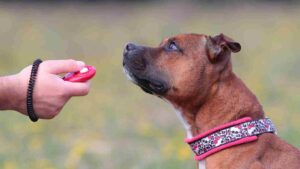
Crate Training
Crate training involves teaching dogs to view their crate as a comfortable and safe space. This method can help with house training and provide a secure area for the dog when the owner is away. To begin, the owner should choose an appropriate sized crate, place it in a quiet area, and encourage the dog to explore it with treats or toys. Gradually, the owner should increase the time the dog spends in the crate while ensuring positive experiences and never using it as punishment. With consistency, crate training can be a helpful tool for dog owners.
Advanced Training
Advanced dog training can involve specialized activities such as agility and hide-and-seek training. Agility training teaches dogs to navigate obstacles in a certain order within a time limit, while hide-and-seek training teaches dogs to find and alert their handler to someone in distress. Advanced training can strengthen the bond between a dog and their owner, and can help the dog reach their full potential with the use of positive reinforcement techniques. With patience and persistence, any dog can excel in advanced training and become a valuable companion.
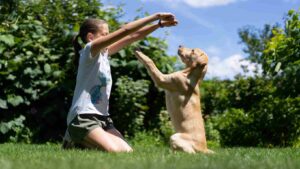
Obedience Training
Obedience training is essential for all dogs, and it teaches your dog to obey commands and behave appropriately in different situations. It includes teaching your dog commands such as sit, stay, come, and heel. These commands can be taught using positive reinforcement techniques such as treats, praise, and play. Consistency and repetition are important for the dog to learn and understand the command’s
Agility Training
Agility training is a type of dog training that involves teaching the dog to navigate a course of obstacles in a specific order and within a set time limit. The obstacles can include things like jumps, tunnels, weave poles, and A-frames, and the course is designed to challenge the dog’s speed, agility, and ability to follow commands from their handler. Agility training requires patience, consistency, and a lot of repetition, but it can be a fun and rewarding way to bond with your dog and help them stay fit and healthy.
Protection Training
Protection training, also called guard dog training, is a specialized form of dog training that teaches a dog to protect its owner or property on command. It is commonly used for police, military, and personal protection dogs. The training involves teaching the dog to recognize specific threats and respond with barking, growling, and biting, but only in genuine situations. It is essential to conduct protection training with experienced trainers and suitable dogs with the right temperament. Positive reinforcement techniques should be used, and the training should never involve aggression towards humans or other animals. When done correctly, protection training can be a valuable tool for keeping both the dog and its owner safe in dangerous situations, requiring high levels of skill and dedication from both the dog and its handler.
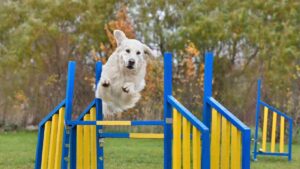
Tips for Training a Dogo Argentino
Training a Dogo Argentino requires patience, consistency, and persistence. Here are some tips to help you train your Dogo Argentino effectively.
- Be confident: Dogo Argentinos require a confident owner who can establish themselves as the pack leader. If you are unsure or hesitant, your dog will not respect you as the leader and may become difficult to train.
- Use positive reinforcement: Positive reinforcement is a highly effective training technique that rewards good behavior. When your dog performs the desired behavior, reward it with praise, treats, or toys.
- Start training early: Early training and socialization are essential for all dogs, but especially for Dogo Argentinos. They have a strong prey drive and can become aggressive if not properly trained and socialized.
- Be consistent: Consistency is key when it comes to training any dog. Use the same commands and techniques every time you train your Dogo Argentino to avoid confusion.
- Focus on obedience training: Obedience training is crucial for all dogs, but especially for powerful breeds like the Dogo Argentino. Teaching your dog basic commands such as sit, stay, and come can prevent dangerous situations and make your dog easier to handle.
- Use a firm but gentle approach: The Dogo Argentino is a sensitive breed and responds best to a firm but gentle approach. Use a calm and assertive tone when training and avoid harsh punishment.
By following these tips, you can successfully train your Dogo Argentino and develop a strong bond with your furry friend.
Conclusion
Training a Dogo Argentino requires patience, consistency, and a strong sense of leadership. By establishing yourself as the pack leader, using positive reinforcement, being consistent, and starting with basic obedience training, you can successfully train your dog. It’s important to remember that training takes time and effort, but the rewards of having a well-trained and obedient dog are well worth it. Seek professional help if needed, and always remember to be patient, kind, and respectful to your furry friend throughout the training process.

